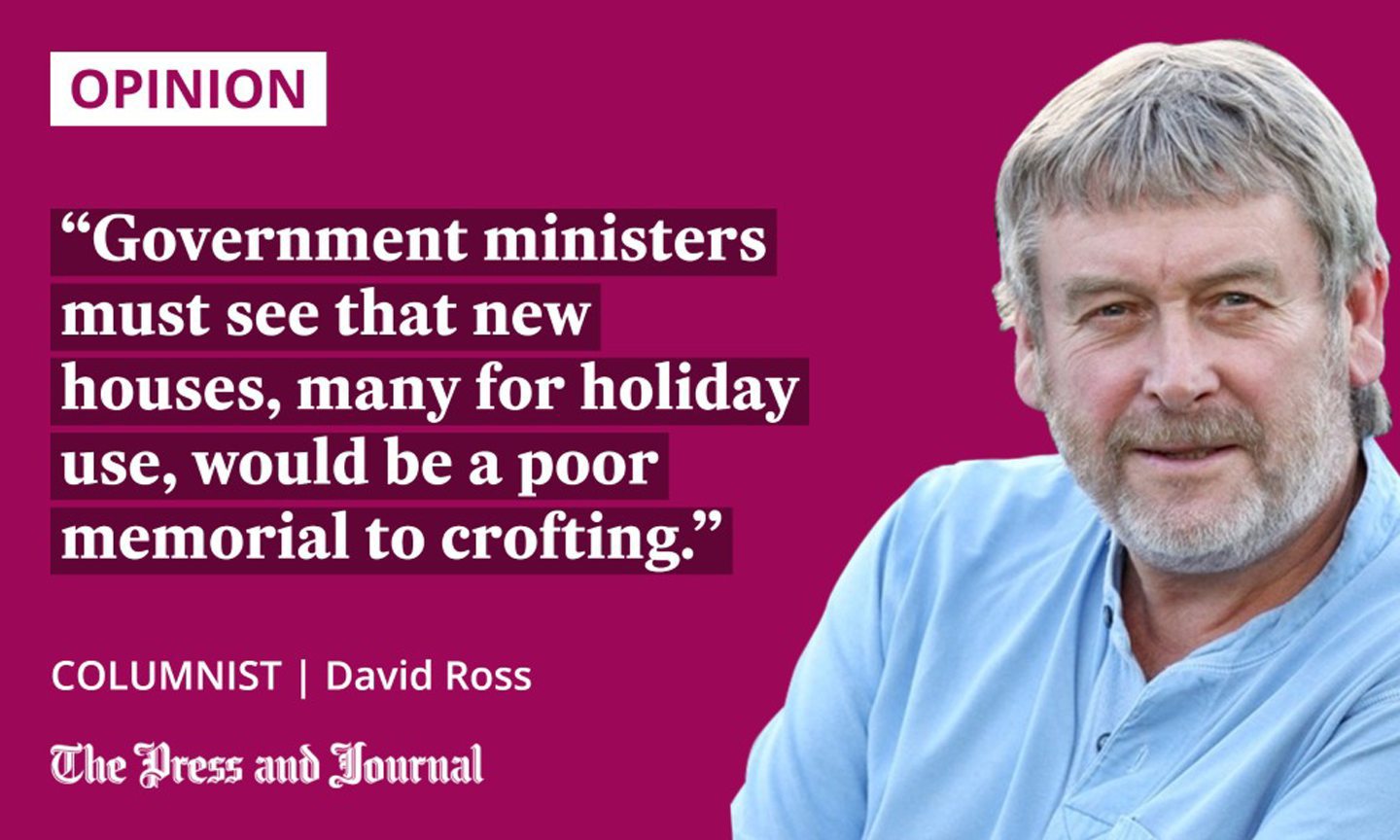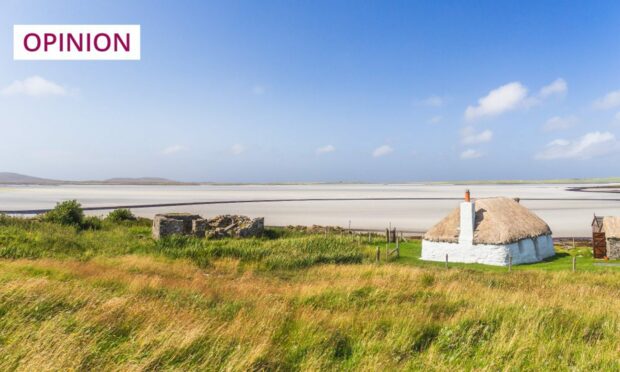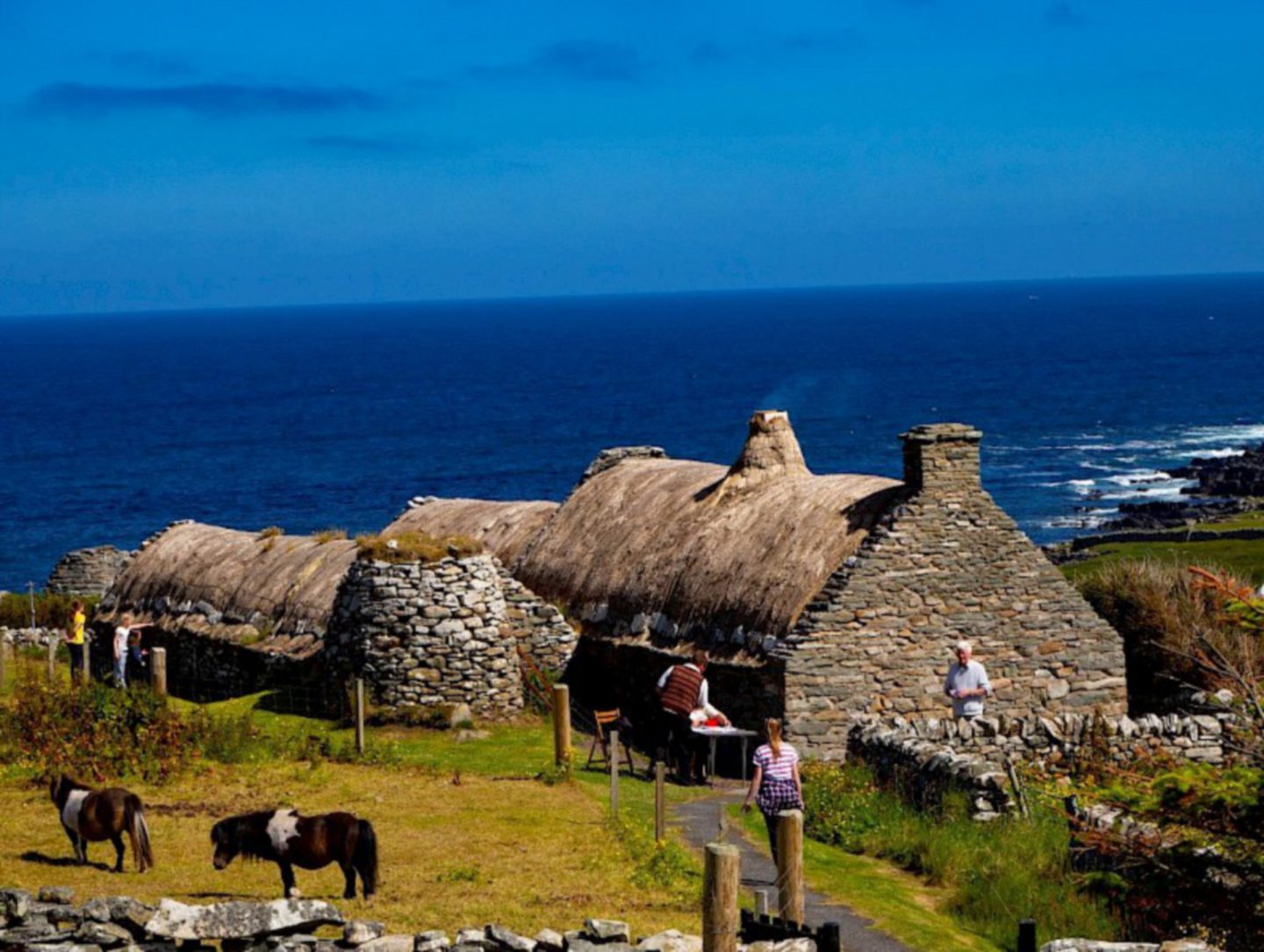An abandoned slate island south of Oban, the former home of Third Lanark FC in Glasgow, First World War gun batteries at the mouth of the Cromarty Firth, a Viking boatyard on Skye, and a shepherd’s house in the Pentland Hills all feature in a fascinating new book.
Some 55 sites with one thing in common: humankind has turned its back on them – some in living memory, others a millennium since.
The book comes from the Scottish publishing powerhouse that is Birlinn. Wild History: Journeys into Lost Scotland is by Edinburgh-based writer James Crawford, and follows his successful Scotland from the Sky book and television series.
The author is clear: “Scotland long ago lost any claim to true wilderness… No parts – even those areas that are perceived as the most ‘extreme’ or ‘remote’ – have been left untouched by people.”
It brings to mind the words of a Canadian writer, the late Hugh MacLennan, whose forebears were forced to leave Kintail: “Above the 60th parallel in Canada you feel that nobody but God has ever been there before you, but in a deserted Highland glen you feel that everyone who mattered was dead and gone.”
Although indigenous peoples would have been above the 60th parallel since God visited, MacLennan’s were powerful lines on the difference between wilderness and engineered emptiness.

There are, however, other parts of the Highlands where people still live on the land. That they still do is due to one thing: crofting.
This unique system of land tenure came into being following the Napier Commission, set up by William Gladstone in May 1883 “to inquire into the condition of the crofters and cottars in the Highlands and Islands of Scotland”. Poverty, eviction, oppression and exploitation at the hands of landowners (some enriched by slavery) meant, for many, a condition of chronic distress.
The Crofters Holdings Act of 1886 crucially granted crofters security of tenure, the right to arbitration over rent increases, and the right to bequeath their tenancies. More was needed, but it meant not everyone who mattered was dead and gone from the Highlands.
There has, however, been concern for some time that the system which still sustains 20,000 crofts and 33,000 people is under threat.
Crofting legislation has changed over time
The most recent edition of The Crofter magazine, published by representative body the Scottish Crofting Federation (SCF), carries a fresh warning. It comes from John Toal, and should be heeded. He spent over 30 years working in the crofting field, including time as the statutory Crofting Commission’s head of policy and development.
He recalls the commission stating recently that it would continue to seek for all crofts to be held by active crofters. He thought some might be sceptical.
Thirty-five years ago, the Scottish Crofters’ Union (or SCU – SCF’s predecessor) produced a paper called A Better Crofting Future: Getting Croft Land into Active Occupancy. Many of its recommendations were taken up, but absentee and inactive crofters remain an issue.
The SCU raised another serious problem that was still pressing – the sale of crofts and crofting tenancies on the open market for prices well beyond local people. The demand for house sites was proving insatiable.
The first brick in the legislative wall which had made crofters the most protected rural tenants for 90 years had been removed in 1976. The then Labour government’s Crofting Reform (Scotland) Act gave crofters the right to buy their crofts. It unlocked crofting’s door to market forces.
In 2008, the committee of inquiry, under Professor Mark Shucksmith, wrote a radical prescription, including the abolition of what was then the Crofters Commission – later replaced by the Crofting Commission, with crofters elected to its board.
But Shucksmith recommended 10 locally elected crofting boards. They could suspend the crofter’s 1976 right to buy if in the community’s interests.
All sub-lets and tenancies would have to be approved by the boards. They could limit the number of crofts held by one crofter. Initially well received, the Shucksmith report was to be denounced by some vociferous crofters.
Will a crofting system exist in 35 years?
John Toal quotes fellow P&J parishioner, historian Jim Hunter, supporting Shucksmith, warning MSPs that these new market forces could destroy crofting “as surely, maybe more surely than their pre-1886 equivalent threatened to do”. But Shucksmith’s report now unfairly gathers dust.
Since the establishment of the Scottish parliament, ministers have tinkered round the edges of crofting in their reforms. John Toal concludes: “The question remains as to whether such an approach will see a crofting system in existence in 35 years.”
A way must be found to reward crofters for working their crofts and not selling
Ministers must see that new houses, many for holiday use, would be a poor memorial to crofting. A way must be found to reward crofters for working their crofts and not selling. Making crofting a focus for the considerable public money being spent fighting climate change is one avenue.
The common grazing committees offer a structure to engage directly with crofters. It should at least be explored.
David Ross is a veteran Highland journalist, author and a supporter of Community Land Scotland


Conversation